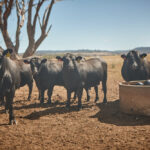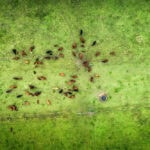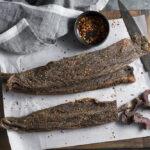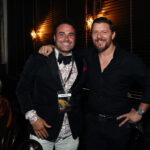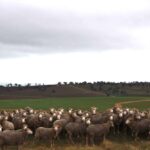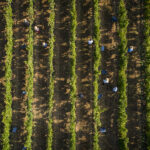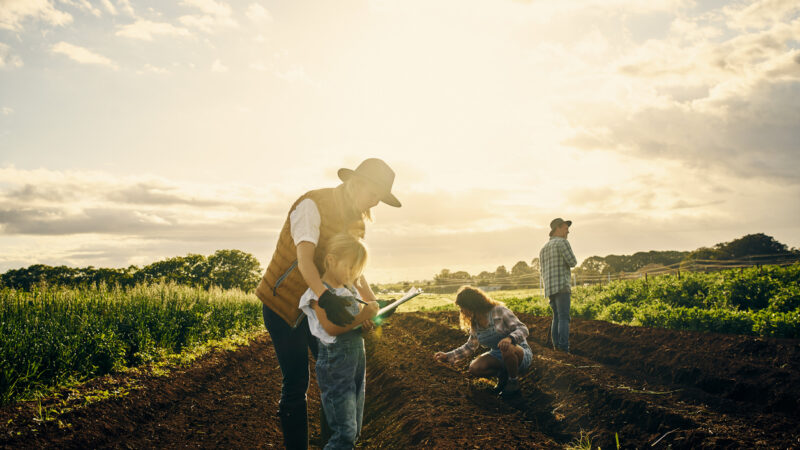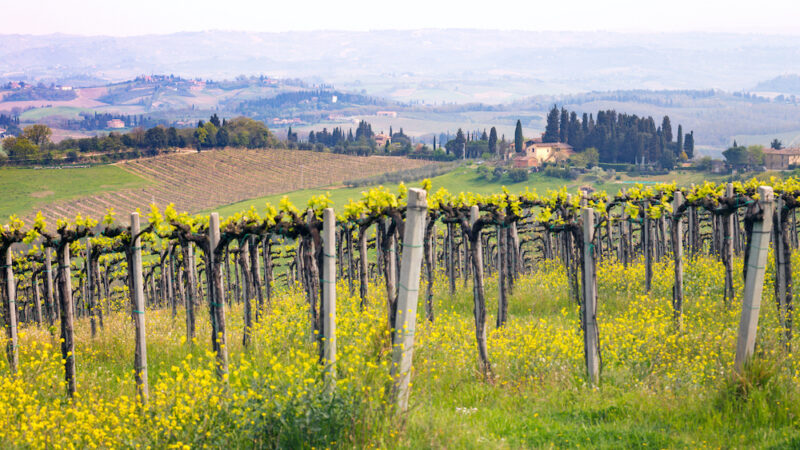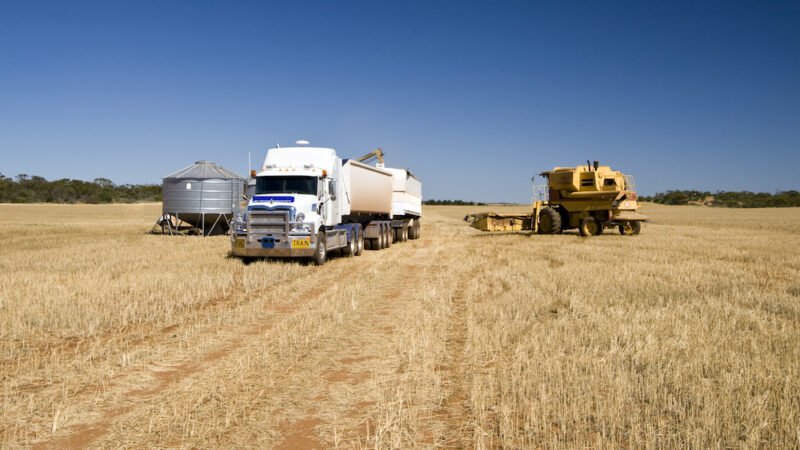Texas Angus Stud was founded in 1936, by The Scottish Australian Company. The stud�s name…
Beefing up the market: our cattle industry
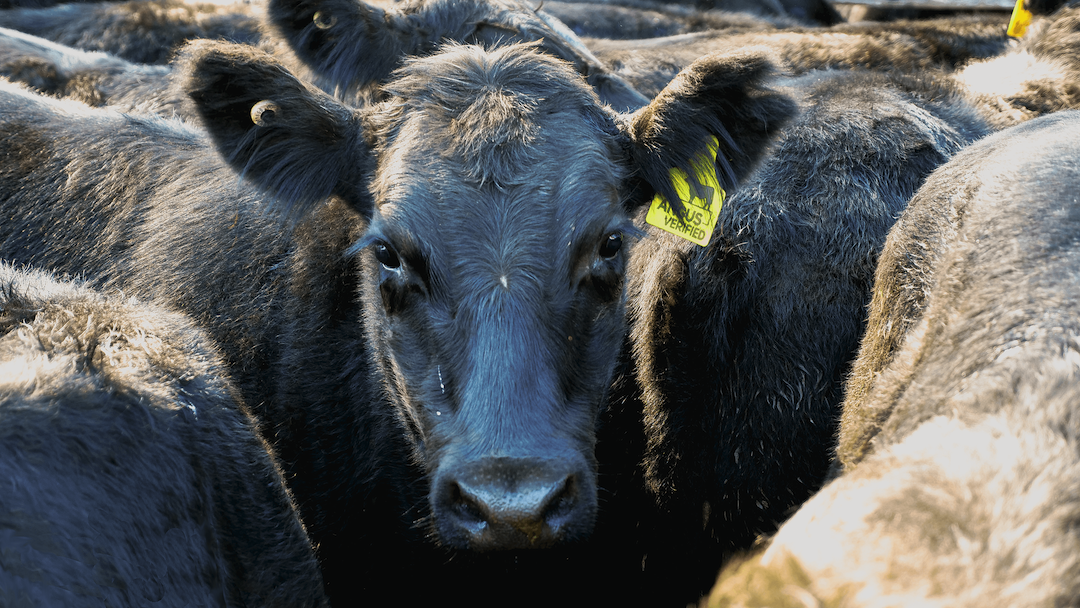
A massive herd rebuild is underway in Australia’s cattle industry, and particularly NSW, after long-term drought. Commercial breeders held onto young breeding stock and seedstock producers held onto genetics.
Last year�s bull sales were very competitive and an example of confidence in the beef industry. That competition is expected to continue this year. But there is also competition in producing reputable beef.
Turanville Shorthorns
The science of breeding genetics is proven in the paddock where the animal converts quality pastures into carcase yield and consistency for the commercial breeder.
Shorthorns come into their own connecting calving ease and fertility with carcase and production traits in a breeding and grazing program focused on feeder markets.
Turanville Shorthorns principals, Doug and Nic Robertson, and their children, are part of a long line of Shorthorn breeders. Shorthorns have been on their land in the Hunter Valley since 1826, with the polled stud established in 1934, when Douglas (DH) Robertson transitioned away from horned cattle.
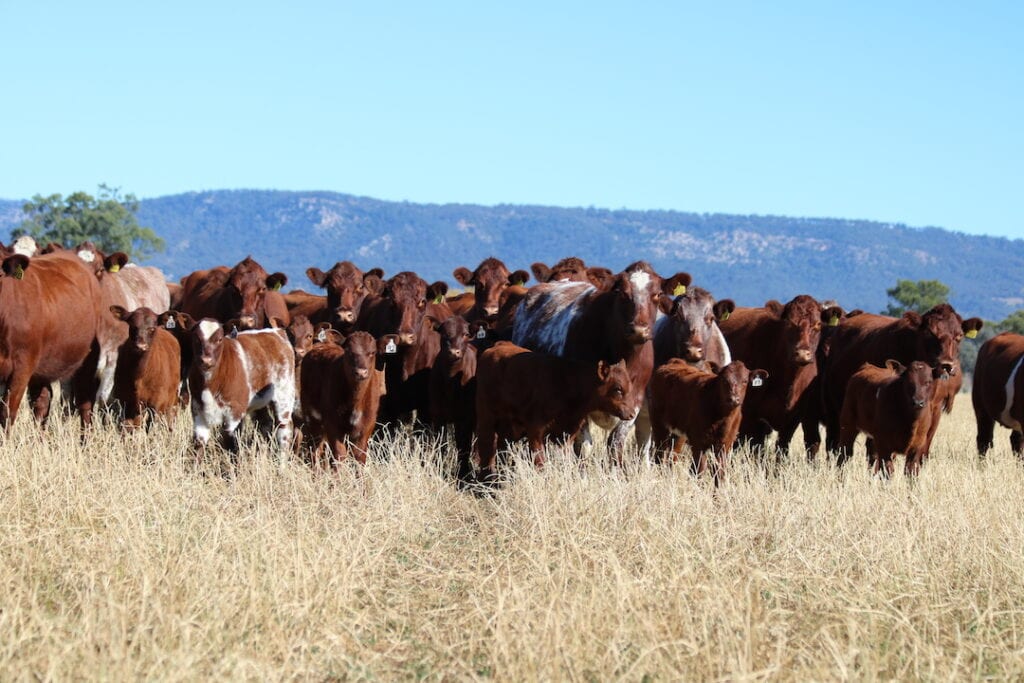
In the 1980s, Jock (JD) Robertson began using Breedplan as a genetic selection tool; and that long history of recording and measuring traits pays off in identifying matrilineal connections to breeding data.
Doug and other breeders have since founded Performance Herds Australia, which further utilises genotype and phenotype data to help identify bulls against commercial breeders� agribusiness needs.
�We focus on a balance � using calving ease and fertility to drive commercial profits, adding value through eating quality and carcase traits � to increase marketability of the finished product in our breeding program.�
Doug Robertson, Turanville Shorthorns Principal
Clients of Turanville Shorthorns buy their bulls to join to Angus, Charolais and other European breeds, as well as Shorthorn cows. Most clients are NSW-based, and dispersed into Queensland, Victoria and Tasmania, and on King Island (Tas).
�The maternal value and milking ability of Shorthorns is genetically locked into our herd, which makes our bulls very popular with commercial and stud breeders,� Doug says.
In the field
Stirling and Belinda Fergusson, working with their son, Jake, buy Turanville Shorthorns bulls to join to their 500-cow commercial Shorthorn herd, at Moreton Bay, Dunedoo. Their farm is a mix of creek flats, sandstone scrub ridges, and rocky and sandy landscapes.
�We buy two to three bulls each year from the Turanville Shorthorns stud,� Stirling says.
The Fergusson family�s focus is on pasture management to support a winter calving pattern, and turn off 14-15 month-old grassfed steers at 480kg in early spring. The steers are sold into JBS Australia�s Caroona feedlot and finished for the Thousand Guineas branded beef program.
The carcase feedback on the feeder steers has helped Stirling mould his genetics to focus on 400-day weight and increase yield and marbling. With these traits selected in his Turanville purchases, he has been able to benefit from the strong feeder prices on offer post-drought.
The Fergusson family turns off surplus females at the annual local Dunedoo Breeders Sale. Moreton Bay females consistently top the offering for yearling heifers and cows as well as calves.
�I believe that a large percentage of what we breed is what the cattle eat,� Stirling says. �Shorthorn cows have good maternal traits and put milk into the calf. We also rely on our pastures to grow the cattle and get them to express their genetic potential.�
In a 10-year cycle, they spread lime across the creek flats, raising the pH level to grow lucerne, phalaris and clover; and spread phosphorous and sulphur in a mix on the bulk of the grazing country, where an annual subclover mix, that was aerial spread with fertiliser in the 1950s and �60s, still produces. Subtropical grasses dominate the hill country.
Oats and wheat are sown in autumn. Last year, Stirling and Jake harvested 700 bales of oaten silage and 120 tonnes of oat and wheat grain which was buried. They harvest silage for drought fodder, and to feed heifers.
�I buy Turanville bulls because we get good value for what we pay for,� Stirling says.
At the helm
The Turanville Shorthorns annual bull sale is run as a helmsman sale in August. The stud has an autumn and spring calf-drop, which means two-year-old and 16-17 month-old bulls are offered every year.
�We offer under a helmsman sale system, so breeders can purchase the bull most suitable for their requirements,� Doug says.
Circle8bulls
The best outcome of your bull breeding program is the quality of the meat in the paddock, the boning room and on the plate. To get those outcomes takes commitment to genetics and an active awareness of what the consumer expects around marbling, meat quality and taste.
Circle8bulls principal Jeremy Cooper helps his clients achieve those goals.
The Circle8 team custom-breeds Wagyu and Angus bulls for NSW and southern Queensland customers whose focus is terminal markets via the feedlot sector.
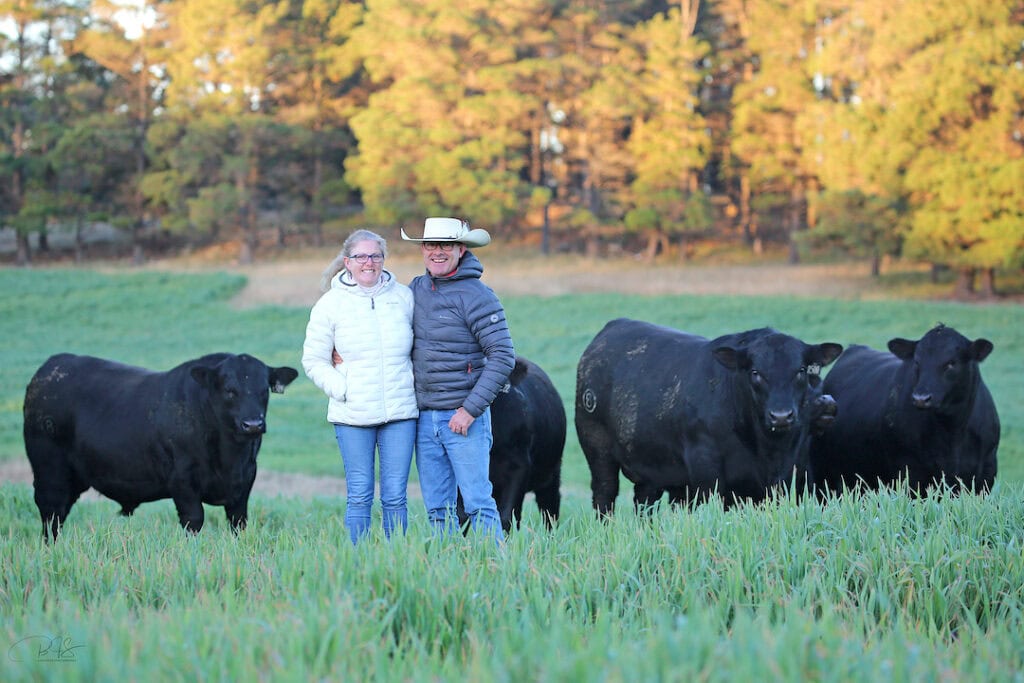
�I�m passionate about the food industry and feeding people. I�m passionate about producing a healthy food product in a rainfall-challenged environment and modern consumers� expectations of production.�
Jeremy Cooper, Circle8bulls Principal
The stud�s annual Angus bull sale is held in September, but the service to customers is year-round.
�We provide a lot of customer and client support, assisting them with genetic analysis and marketing their livestock,� Jeremy says. �We have a 29-year history of breeding bulls that excel in key economic traits.�
He wants Circle8 to be recognised for a social and ethical licence to breed livestock.
�We want our bulls to look good, breed well and be efficient, keeping in mind the breeder�s expectations of how their livestock needs to be used,� Jeremy says.
�We also want ourselves and our customers to be recognised as good custodians of the world, in line with consumers� expectations of animal welfare.�
Premium handcrafted livestock
There is a considerable team around the genetic selection and production of Circle8 bulls. Working alongside Jeremy is his wife Carmen, mother Pamela, and consulting vet Dr Liz Bramley of Cooinda Vet Hospital, who oversees the complete development of the bulls. Bill Cornell, of ABS Global Australia, is Jeremy�s personal mentor, while David Christie manages the domestic embryo production.
�Our business wouldn�t be what it is without Dave,� Jeremy says.
Dr Steve Williams and Total Livestock Genetics help administer Circle8�s Wagyu genetic export program. Dr Reon Holm and Holbrook Veterinary Clinic raise all the embryo transfer calves for the Circle8 breeding program. Carter Livestock Genetics assist with Circle8�s embryo selling program.
The Wagyu breeding program is 100 per cent ET. �
We raise the Wagyu calves at Holbrook and Crookwell. We select the top one per cent of heifers to create the next generation,� Jeremy says.
The remaining heifers are sold to a regular client who runs a commercial agribusiness.
�It�s a massive investment in breeding, but it means our clients buy bulls bred from cows that have real carcase data,� Jeremy says. �That flows back into the discipline around our AI program.�
All Wagyu bulls are sold pre-ordered, with a two-year waiting list.
In the genes
The Angus seedstock agribusiness has been established since 1991. Genetic analysis is crucial, as is a sound understanding of clients� businesses. This knowledge enables Jeremy to advise Circle8 customers on the best sires to use in their systems.
In some circumstances, that means advising Circle8�s clients to use Wagyu bulls over their heifers, before moving on to using Angus bulls.
�The whole thing about Circle8 is customer service. I view it like a marriage and I�ll help our clients as much as I can,� Jeremy says.
Circle8�s Angus herd, like their Wagyu cattle, is produced by ET (embryo transfer) and AI (artificial insemination). It enables the stud to accelerate the breeding program, and provides clients with assurance around the type of Angus bulls they are buying.
�We�ll have 24 full sisters in our Angus herd, and those sisters will be bred to the same Angus bull,� Jeremy says. �That brings genetic consistency to the commercial herds.
�The commercial breeding sector is shifting to use fixed timed AI, and those people are looking to use sons of the AI sires they are using in FTAI. Ultimately, our clients� herds become a genetic mirror of our herds. That�s our point of difference.�
It�s a system that also provides accuracy in the performance data.
�We make joining decisions based on incremental science and old-school things like soft silky skin and short fine hair, to gauge and predict eating quality. But, ultimately, the bulls have to look like bulls,� Jeremy says.
All the Angus bulls are sold at auction � this year the on-property sale is on September 13, and is a forerunner to next year�s 30th anniversary of Circle8�s business of breeding Angus bulls.
Knowla Livestock
The family behind Knowla Livestock count their clients as friends, because most of them have been buying bulls from the Lauries for a long time.
Knowla Livestock is a family-owned and operated company, established by Marie and the late Cliff Laurie, and continued by sons James and Ted, and their spouses Annie and Alison. The next generation � Sandy, Doug, Rob, Jack and Georgia � continue to play a role in the livestock business, outside their own careers.
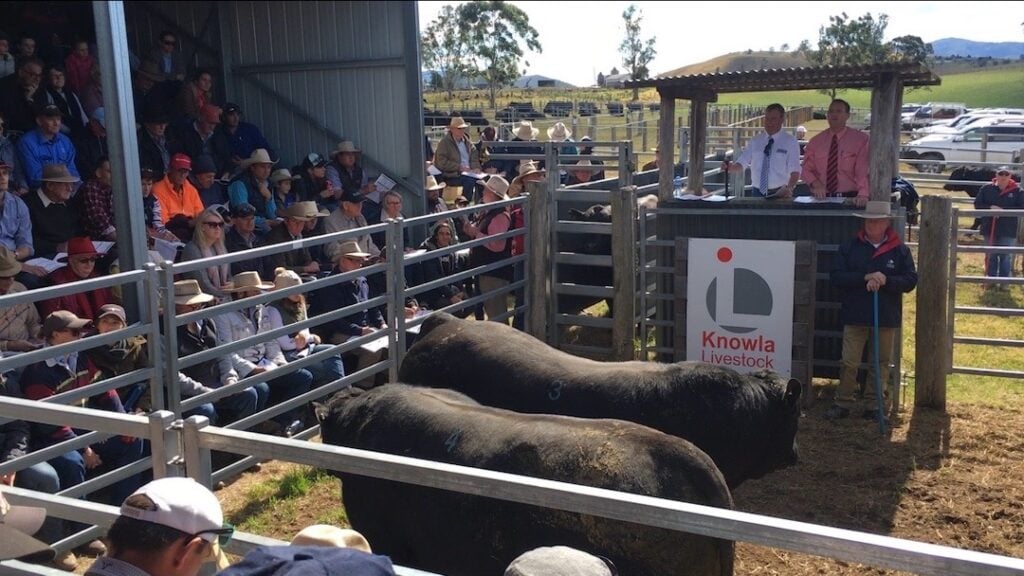
The family operates stud and commercial Angus herds. James and Ted are the fifth generation to run beef cattle on land at Moppy, near the headwaters of the Barrington River, west of Gloucester.
While the breeding, weaning and growing activities occur at Moppy, on a 2300-hectare farm plus 400-hectares of leased land, the bulls and heifers also graze on a 150-hectare ha property at Kanangara, Gloucester. It is this property that hosts the annual on-property bull and heifer sale, on July 30 this year.
�We join 250-300 registered Angus cows, plus 500 commercial cows,� Ted says.
�Most of the bulls we use in our stud herd get used in our commercial herd. It means we can benchmark our stud bulls against commercial breeding expectations and outcomes.�
There will be 80 stud bulls � 50 rising-two-year-olds and 30 bulls between 15-16-months-old � offered at this year�s sale, along with 100 commercial heifers, 12-15-months-old, and six stud heifers at point-of-calving.
�A number of the bulls available are suitable for heifers and cows,� Ted says.
All the cattle are EU-accredited, and the 100 heifers normally available at the annual auction are sought by farmers selling their progeny into the feedlot trade.
The Laurie family uses dogs and horses in their livestock handling, given the steep terrain of the farm. Family members are even known to picnic among their bulls.�
Texas Angus equals top genetics
This year is a rare opportunity to buy into Texas Angus genetics, with the stud�s bull sale on July 29 followed by their female sale on July 30. Along with a sale line-up of 190 bulls � 150 two-year-olds and 40 bulls aged 15 to 18-months-old � Ben and Wendy Mayne are offering 110 females � comprising 40 joined autumn cows and calves, 40 spring pregnancy-tested-in-calf stud cows, 10 PTIC rising-2yo heifers, six joined autumn-calving heifers, and six yearling heifers; along with seven embryo packages out of their most-proven donor cows.�
�We�re offering the heart of the herd in a one-off sale. If people want to get into Texas genetics, this is the time to do it,� Wendy says.
As well as Texas genetics, Ben and Wendy are offering stand-out bulls and heifers bred from Poss Maverick, whose progeny have sold to USD$900,000.
�Poss Maverick is close to the number-one marbling sire in the US and we�re the only Australasian user of his semen,� Ben says.
�This year we�re offering all the bull drop by Maverick, and two heifers. This is the opportunity for our clients to buy the top-of-the-herd-pick in a one-off sale.
�He�s a bull we�ve been looking for to go over our Power cows. It�s a genetic line that we�re going to go really hard throughout our herd for the next 5-10 years.
�The Mavericks were a standout for eye muscle and intra-muscular fat right across the board.�
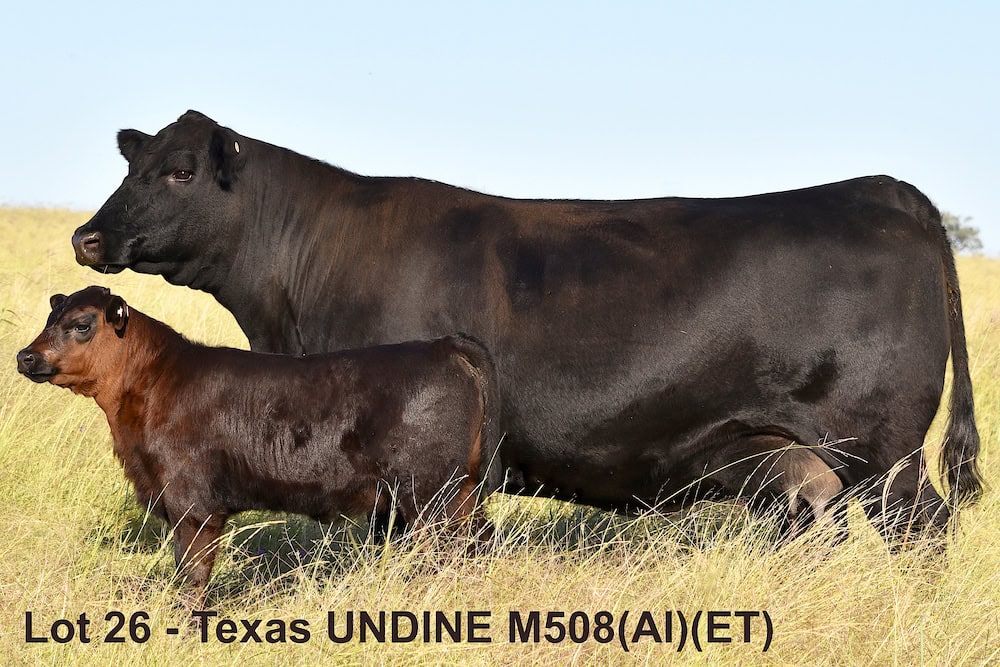
Ben and Wendy have had two of the young Maverick bulls milked and are using them in their own artificial insemination program this spring. There are nine Maverick bulls offered for the sale on July 29.
�Once people see the two Maverick heifers, they�ll know they�re out of our elite cows,� Ben says.
�All the females in the sale are totally off pasture. The drought has demonstrated to us what genetics held up in tough times, continue to perform well and are profitable. It showed us the fertility of the herd and which females bounced back fastest to be in good condition.�
This year�s sale line-up includes 21 sons by the highly rated calving-ease sire, Chiltern Park Moe, 18 sons of the well-known American sire, Baldridge Beast Mode, 15 bulls by the high marbling USA sire, Gar Ashland and 10 sons by Coonamble Handyman H268. The bulls will include many homebred sons by Texas Mount K2, M100 and Texas Korporal K508.
Joining up the dots
All joining decisions are based on proven commercial attributes, and sound knowledge of the cow families in the herd. The principals of Knowla Angus Stud research globally to buy semen and embryos.
�All our bulls have extensive performance data recorded, genomic testing, and are independently structurally evaluated,� Ted says. �We aim to provide phenotype and genotype in a functional package.�
The principals focus on matrilineage performance to identify fertility, functionality, carcase yield and marbling. The farm�s steep terrain requires them to select functional and robust cattle.
�We�re using the best genetics we can find, through AI and ET, from around the world,� Ted says. �We spend a lot of time looking for the genetics we want, bred by people whose integrity we trust and with a similar breeding philosophy to us. It�s worth it � 80 per cent of our customers are return clients.�
The lay of the land
While breeding and handling are important factors in preparing bulls for sale, improving pastures is a key part of farm management.
�Our annual pasture improvement program, over approximately 250-hectare, produces winter feed and establishes high performance pastures to increase overall production,� he says. �We�ve been able to double cow numbers in the past 20 years.�
They were able to maintain a high percentage of grass cover during the last four years of drought. Opportunistic hay is harvested from a river flat at Kanangara, and is mostly used during yard-weaning.
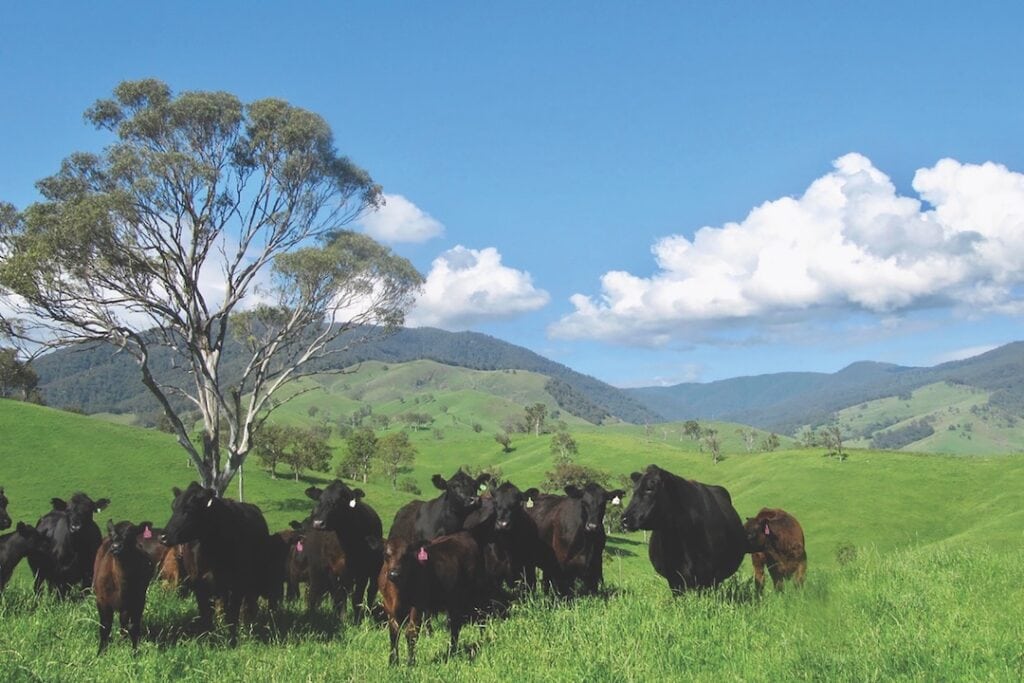
�We use the helicopter to broadcast cocksfoot, ryegrass and clovers, with oats and turnips for winter grazing,� Ted says. �We get it established with summer and autumn rain.�
It suits their split-calving system and enables them to use the winter crop to finish feeder steers and the bulls and heifers offered at the Knowla Livestock annual sale.
�It�s to our advantage to get the bulk of livestock raised and off the property in spring. The remaining cows and heifers can graze comfortably and we normally get a rain break in December,� Ted says.
A family affair
This year, Knowla Livestock is valuing NSW Farmers Association members in their annual sale. Financial members of NSWFA, who register as bidders at the Knowla Livestock production sale on July 30, will receive a one-off $500 rebate on their purchase at the sale.
�We feel NSWFA has done a very good job over the past few years to represent NSW farmers, and we also want to say thank you to existing clients for their support of the organisation and our sale,� Ted says.
The sale, conducted by Elders Walcha, is interfaced with Auctions-Plus. There are two open inspection days, where sale catalogues are available and bulls will be penned � on Friday, June 25, at Moppy, and Friday, July 16, at Kanangara.
�We�ll also have some steaks cooking. A lot of people we sell our bulls to are friends, so we try to make it a day out for people,� Ted says. �We also like to see past clients, even if they don�t need a bull.�
What lies ahead for Australia’s cattle industry? Find out here.


